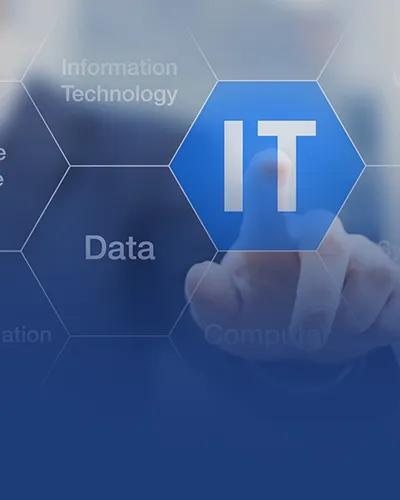Enhancing Productivity with Employee Monitoring Tools: A Comprehensive Guide
Enhancing Productivity with Employee Monitoring Tools: A Comprehensive Guide
Blog Article
In today's electronic work place, firms increasingly change to employee monitoring software to streamline operations and ensure productivity. Nevertheless, applying such systems improves substantial privacy considerations that will influence business lifestyle and worker trust. This article explores how businesses may successfully balance the requirement for safety with respecting worker privacy.
Knowledge Privacy in the Digital Workplace
Employee monitoring software presents a variety of functions built to track output, from keystroke logging to screenshot capturing. While these resources provides valuable ideas in to workflow performance, they also have the possible to infringe on personal solitude if not used correctly. It's required for businesses to understand the implications and establish clear limits for use to avoid overstepping.

Visibility is key. By clearly communicating the scope and intent behind checking methods, firms can minimize problems and foster a culture of trust. Workers must be familiar with what information will be collected, how it is likely to be applied, and the advantages it brings to the organization.
Moving Legal and Moral Criteria
When applying monitoring resources, businesses should adhere to legal frameworks that govern privacy rights. These regulations differ by place and market, rendering it vital for organizations to remain educated and compliant. Honest criteria are similarly crucial; guidelines must reveal a commitment to regard and fairness, ensuring that monitoring practices do not become intrusive.
To help mitigate potential issues, organizations can create directions that define appropriate use instances for checking software. Regular audits and opinions of the guidelines might help maintain compliance and modify practices as necessary. Involving workers in the progress of those directions may promote openness and more construct trust.
Creating a Tradition of Confidence and Accountability
Fundamentally, the successful integration of employee monitoring software depends on managing oversight with respect for privacy. By fostering an atmosphere where personnel feel respected and respectable, businesses can encourage accountability and self-regulation. This approach not merely helps maintain productivity but in addition strengthens group morale.

Companies can perform this stability by emphasizing outcomes as opposed to micromanaging tasks. Stimulating open dialogue about monitoring practices and approaching any considerations immediately also can relieve nervousness and construct a helpful workplace culture.
In conclusion, navigating privacy problems with employee monitoring software takes a nuanced strategy that prioritizes visibility, legitimate compliance, and moral considerations. By creating a culture of confidence and accountability, companies can control these methods to improve productivity while preserving employee well-being and satisfaction.
For more info make sure you click on this particular link workforce productivity software. Report this page